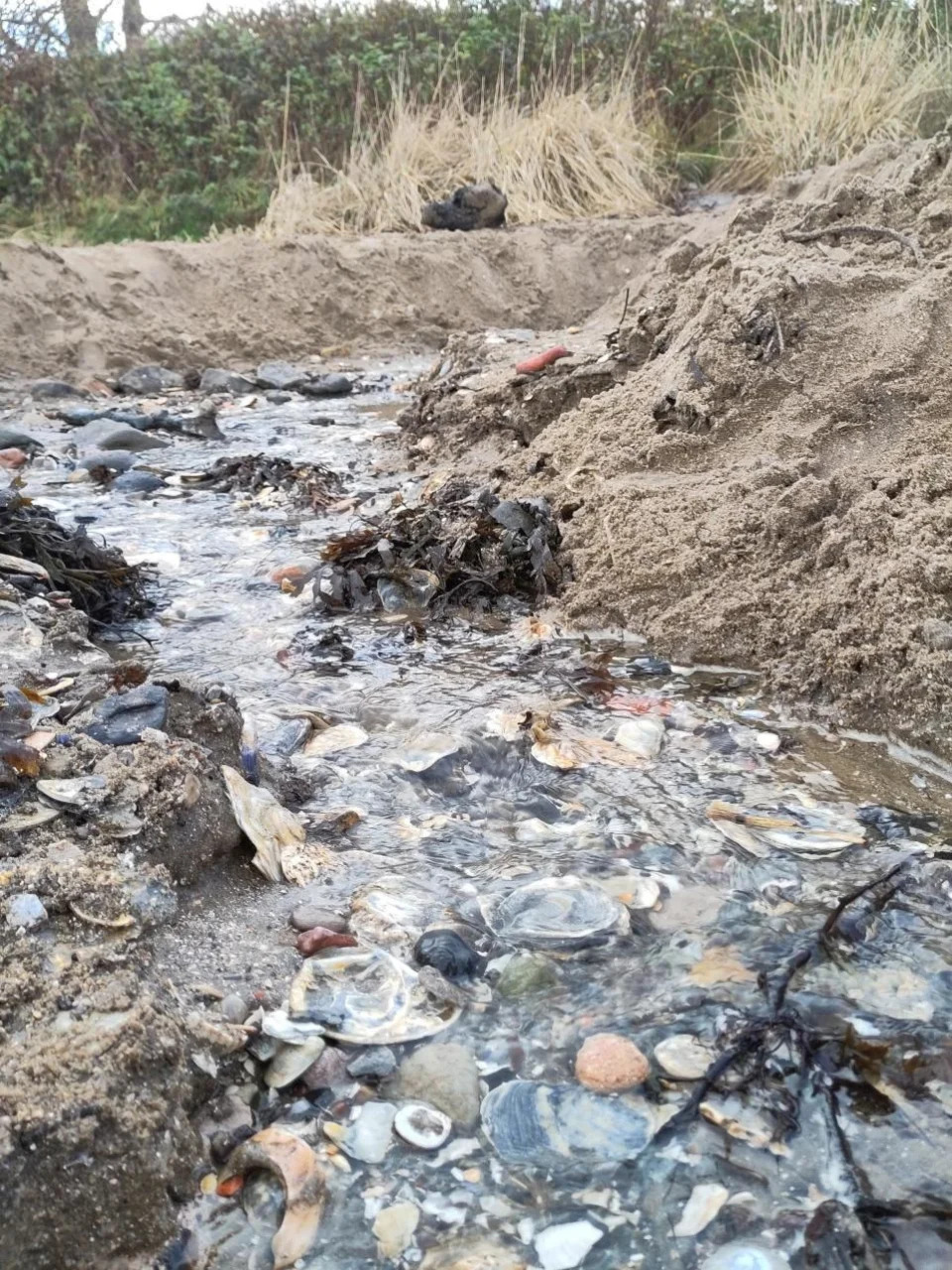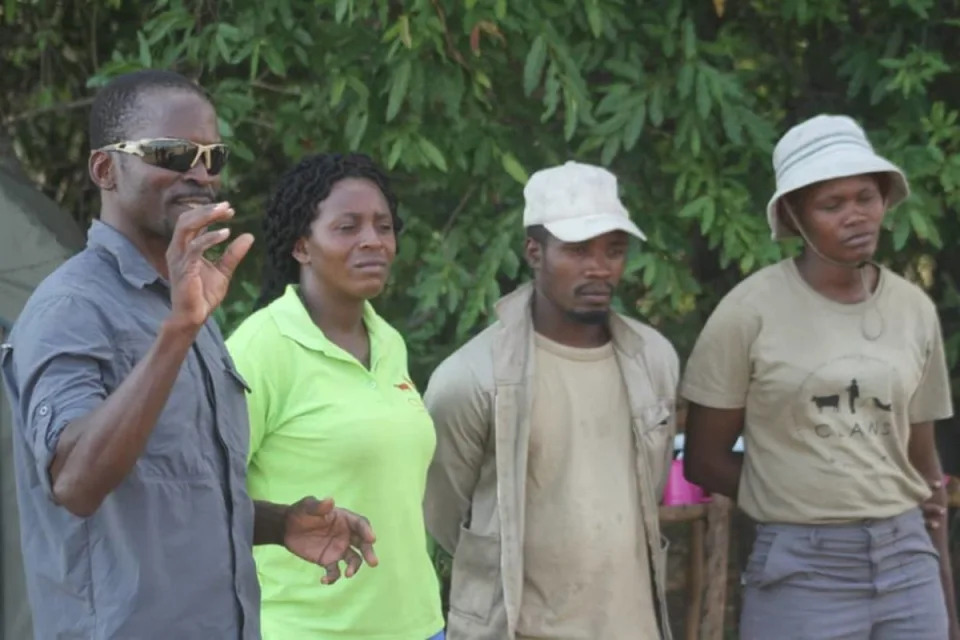
The Australian government said Thursday that it will replace the British monarch on its $5 banknote with an First Australians design. File Photo by Paul Miller/EPA
Feb. 2 (UPI) -- Australia announced Thursday that the image of King Charles III will not be included in a redesign of its $5 bill, the last of the Commonwealth's banknotes to feature the British monarchy.
The Reserve Bank of Australia said in a statement that it will replace the portrait of Queen Elizabeth II with a design "that honors the culture and history of the First Australians."
The design for the new banknote will be decided in consultation with the country's indigenous population known as First Australians and will take several years to be designed and printed, it said, adding the other side of the note will continue to feature the Australian Parliament.
"This decision by the Reserve Bank Board follows consultation with the Australian government, which supports this change," it said.
Treasure Jim Chalmers told reporters during a press conference that the monarch will continue to be present on Australia's coins.
"This decision ... is an opportunity to strike a good place here," he said. "The monarch will still be on the coins but the 5$ note will say more about our history, and our heritage and our country, and I see that as a good thing."
The new design will include a First Australian design instead of a person, he said.
The announcement comes after the British queen died in September at the age of 96 following years of serving as head of the Commonwealth, which includes 54 countries.
The Royal Australian Mint has said that it intends to announce the design of the first King Charles III coins soon with plans for them to be released prior to the end of the year.
"Naturally, existing Australian legal tender coins bearing the Queen's effigy will remain in circulation and remain legal tender forever," it said in a release late last year.
The last 5$ note depicting the queen was issued on Sept. 1, 2016.











